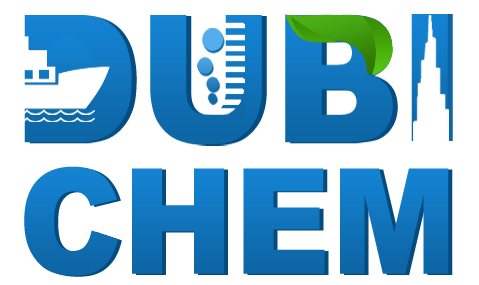Sodium chloride, also known as common salt or table salt, is an ionic chemical compound with the formula NaCl. This means that for every gram of salt, almost 40 per cent is sodium (Na) and over 60 per cent is chlorine (Cl).
Salt occurs naturally in our seas and when pools of sea water become enclosed the sun causes the water to evaporate. Over a period of millions of years, this salt bed is then covered with other sediment leaving a layer of rock salt, otherwise known as halite.
Salt, is a mineral that is composed primarily of sodium chloride (NaCl), a chemical compound belonging to the larger class of ionic salts. It is essential for animal life in small quantities, but is harmful to animals and plants in excess. Salt is one of the oldest, most ubiquitous food seasonings and salting is an important method of food preservation. The taste of salt (saltiness) is one of the basic human tastes.
Salt for human consumption is produced in different forms: unrefined salt (such as sea salt), refined salt (table salt), and iodized salt. It is a crystalline solid, white, pale pink or light gray in color, normally obtained from sea water or rock deposits. Edible rock salts may be slightly grayish in color because of mineral content.
Applications:
Chlorine and caustic soda production
Synthetic soda ash production
De-icing
Water Softening
Pulp and paper industry
Textiles
Waste and water treatment
Titanium dioxide pigment production
Seasoning
Petroleum additives
Dyes and intermediates
Pharmaceuticals
Drilling in the oil and gas industry
Email : dubichem@gmail.com
